Second in a series.

It is a rite of passage for early May each year as the students in my Multiplatform Design & Storytelling course at Columbia University’s Graduate School of Journalism turn in their final projects.
The assignment varies each semester, but it usually involves a multimedia story that the students write, design and promote themselves.
I will be profiling the work of the 13 students in my class, with their permission, and hope you will feel free to comment and to contact the students if you would like to discuss their story, or even offer job possibilities. They are receiving their Masters in Journalism from Columbia in the next few days.
The project’s goal
Final: A multimedia story
Here is how I presented the final project in our course syllabus.
It’s been years since The New York Times published “Snow Fall: The Avalanche at Tunnel Creek.” It instantly became a storytelling sensation. More than that, it pioneered the multimedia story for the digital age. What is it that the best multimedia stories have in common? All emphasize segmentation. All introduce texture woven into the narrative with photo galleries, quotes, videos and highlights. All allow readers to explore related content.
For the final project, each student will create his or her own story and present it in a multimedia mode, appealing to the senses through audio, video, photography and text. This final project will become a valuable portfolio piece, while demonstrating your ability to tell stories across platforms.
The presentation must include the following:
- How story would be promoted through various social media outlets: Tweeter, Instagram, Snapchat. In addition, the story must follow a linear visual storytelling format, and students must present how that story would appear on various digital platforms.
- Each student is required to create his/her own BRAND on which to display the story.
- The final project should become a major centerpiece of the student’s portfolio for future job interviews.
Each day I will profile about three projects.
The projects
Project 4
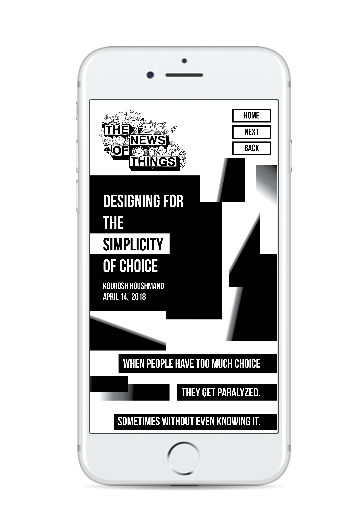
Headline: Designing for the Simplicity of Choice
Author: Kourosh Houshmand (kh2865@columbia.edu)
Highlight: When people have too much choice, sometimes they get paralyzed. Sometimes without even knowing it.
Mobile: https://marvelapp.com/6aachdb
Desktop: https://marvelapp.com/8e0h320/screen/41966208
Project 5
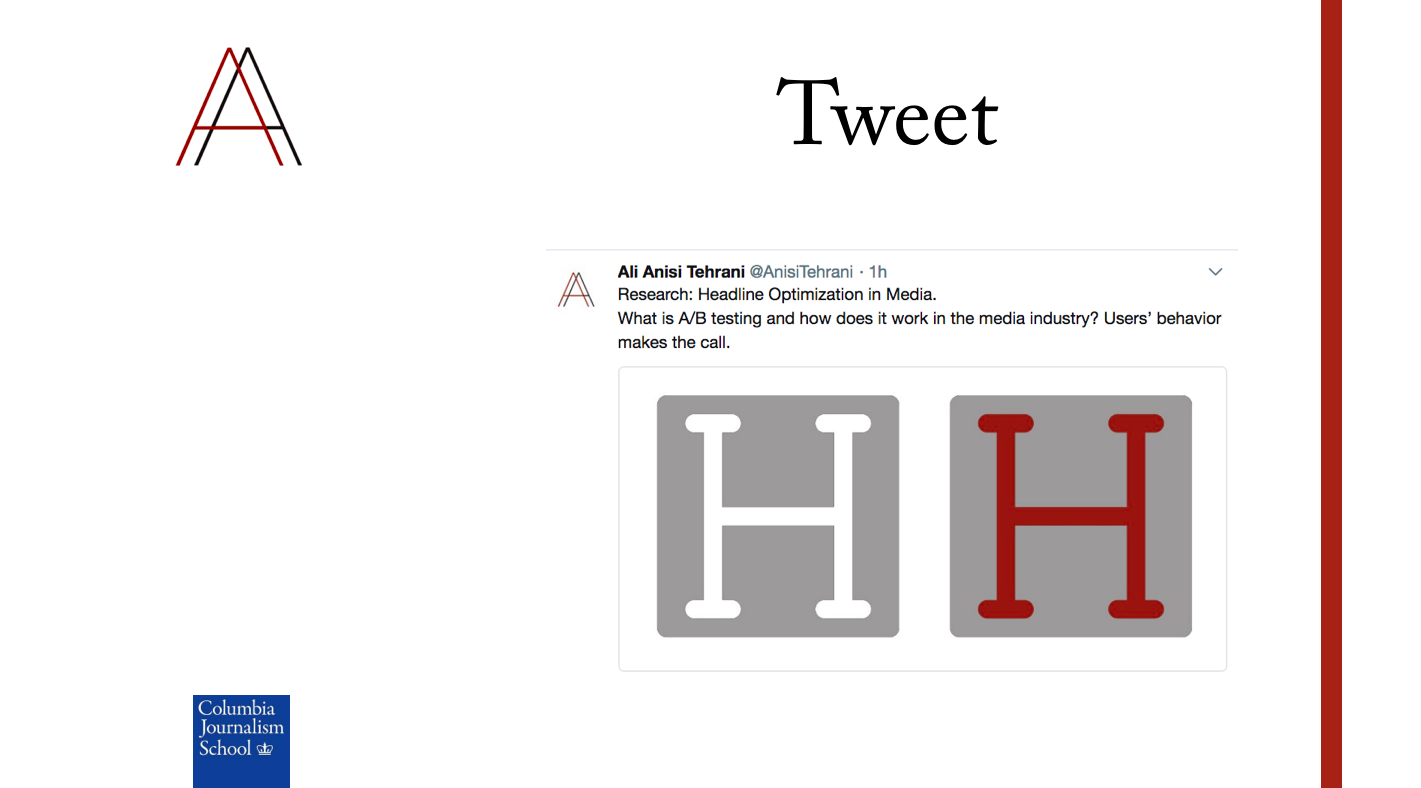
Headline: Readers Have a Choice When It Comes To Digital Headlines
Author: Ali Anisi Tehrani (aat2173@columbia.edu)
Highlight: Users’ behavior makes the call when it comes to headlines that work.
Link:
https://marvelapp.com/3c92e6h/screen/42053781
Visual presentation:
https://drive.google.com/file/d/1v59K28bY6e1q65u085hpLMgTpe5SEi95/view
Project 6
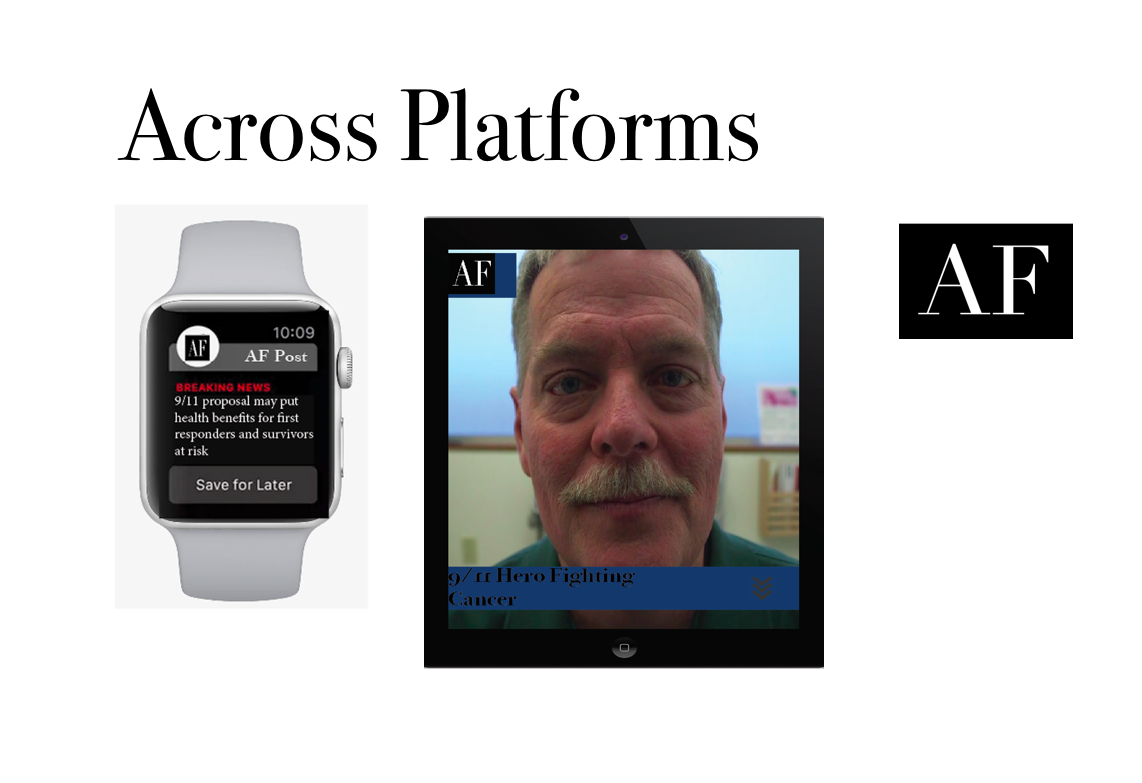
Headline: Proposed Changes to the World Trade Center Program Stirs Fear, Outrage in 9/11 Community
Author: Amanda Faye Rosengarten (afr2144@columbia.edu)
Highlight: Are you or your loved one at risk of getting 9/11 cancer? This may apply to you.
Mario’s Speaking Engagements

June 7-8—WAN-IFRA World Congress, Lisbon, Portugal
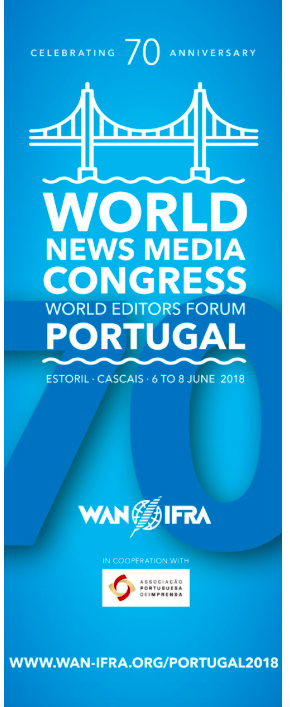
June 12-14, CUE Days , Aarhus, Denmark
http://www.ccieurope.com/news/6738/Video_What_is_CUE_Days_2018
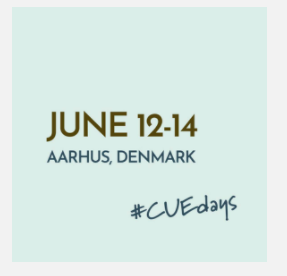
August 2, Digital House (Facebook workshop), Buenos Aires

October 6, 20, 27–King’s College, New York City
The Basics of Visual Journalism seminars
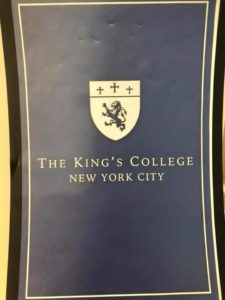
Garcia Media: Over 25 years at your service
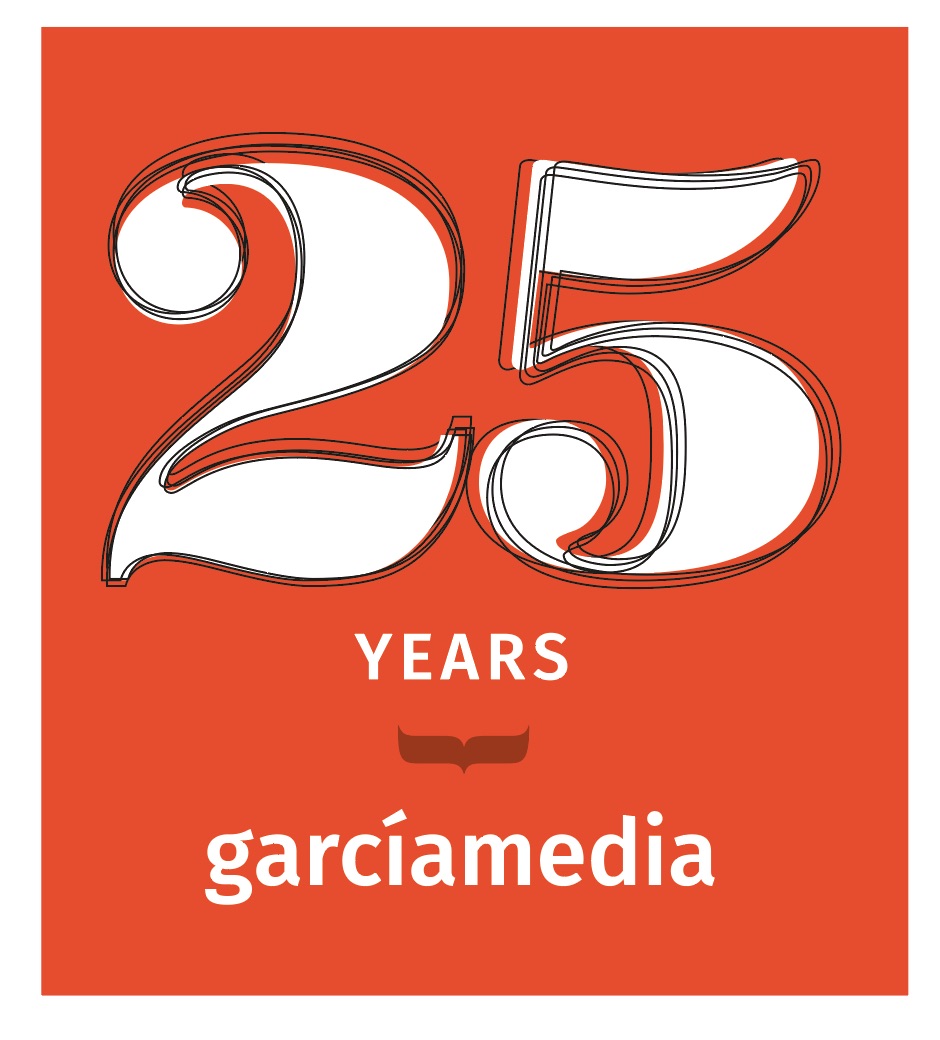
TheMarioBlog post #2831